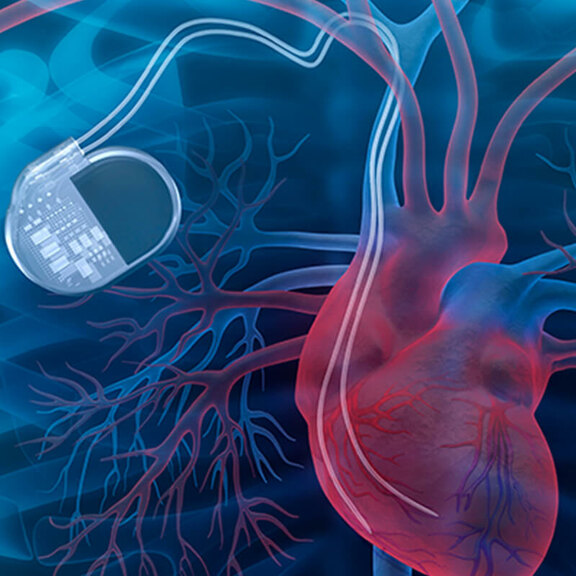It breaks down the protein in our diets into its building blocks – amino acids – and converts them into the body’s own proteins: the liver is the largest gland in the human body – a vital organ. If it is diseased, the blood is no longer cleansed of toxins. The patient needs help quickly.
Can technology take over the functions of the failed organ? A group of researchers from Rostock – Stephan Aldinger from Teraklin AG with Steffen Mitzner and Jan Stange from the University of Rostock Clinic for Internal Medicine – asked themselves this question in the mid-1980s. Their idea was to produce a kind of artificial liver. Like in kidney dialysis, this would find the toxins damaging the liver and remove them from the body. The researchers began their work in 1990 and developed the liver dialysis therapy MARS (Molecular Adsorbent Recirculating System), in which a special filter, the MARS machine, is used to purify the patient’s blood. The toxin-binding protein albumin serves as a “decoy protein”: behind a special membrane, it draws the toxins away from the blood through the dialysis membrane and disposes of them, purifying the blood. The process takes place outside the body and the cleansed blood is returned to the bloodstream.
Toxins drawn out of the blood – with the MARS procedure
To commercially exploit their invention, the researchers patented both the special membrane for the therapy and the entire blood detoxification process. MARS has been used in adults since 1999. The procedure supports liver regeneration. For patients waiting for a transplant, it can bridge the often-long waiting time and bring new hope.
(Image: PIC4U – AdobeStock.com)





